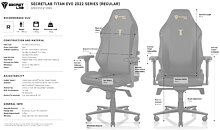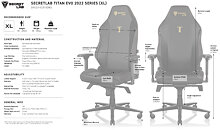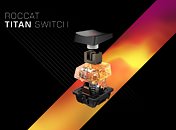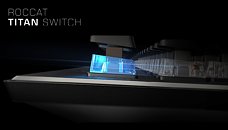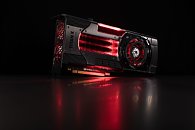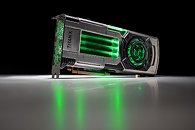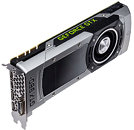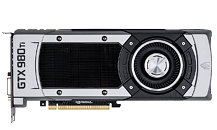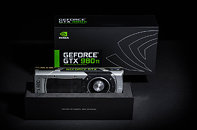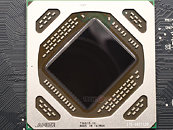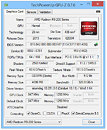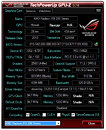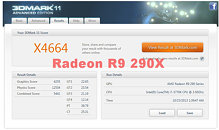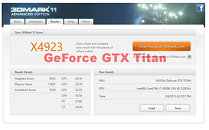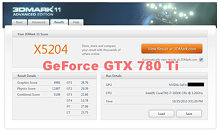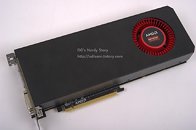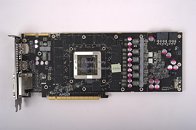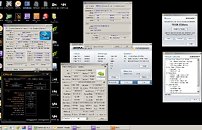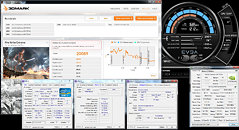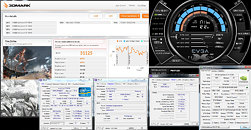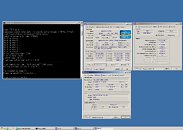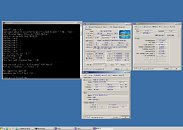
Sparkle Introduces Arc A770 Titan OC Edition GPU
Sparkle has announced the Titan OC graphics card, becoming the company's flagship Intel Arc A770 16 GB graphics card. It stands out with its 16 GB onboard memory, factory-overclocked GPU and memory, and an advanced cooling system for additional overclocking potential. After Sparkle's re-entry into the graphics card market, it unveiled a series of Intel Arc-based products. The Arc A770 Titan, in particular, showcases the company's technological advancements. The Sparkle Intel Arc A770 Titan OC Edition features Intel's ACM-G10 GPU with a base clock of 2300 MHz, which is a significant increase from Intel's stock 2100 MHz, and boasts a 16 GB memory with a 17.5 GT/s data transfer rate.
The card has two eight-pin auxiliary PCIe power connectors, yielding a 650-watt PSU requirement, and an expansive triple-fan cooling system for optimal performance even under heavy loads. A unique feature is the ThermalSync thermal sensor atop the cooler, which adjusts the LED light bar's color based on temperature, making it easier for users to monitor. When Intel discontinued its Limited Edition Arc A770 16 GB graphics card, there was a gap in the market for a high-performance graphics card to rival offerings from ASRock and Acer. Sparkle hasn't revealed the pricing for its Intel Arc A770 Titan OC Edition GPU.
The card has two eight-pin auxiliary PCIe power connectors, yielding a 650-watt PSU requirement, and an expansive triple-fan cooling system for optimal performance even under heavy loads. A unique feature is the ThermalSync thermal sensor atop the cooler, which adjusts the LED light bar's color based on temperature, making it easier for users to monitor. When Intel discontinued its Limited Edition Arc A770 16 GB graphics card, there was a gap in the market for a high-performance graphics card to rival offerings from ASRock and Acer. Sparkle hasn't revealed the pricing for its Intel Arc A770 Titan OC Edition GPU.















